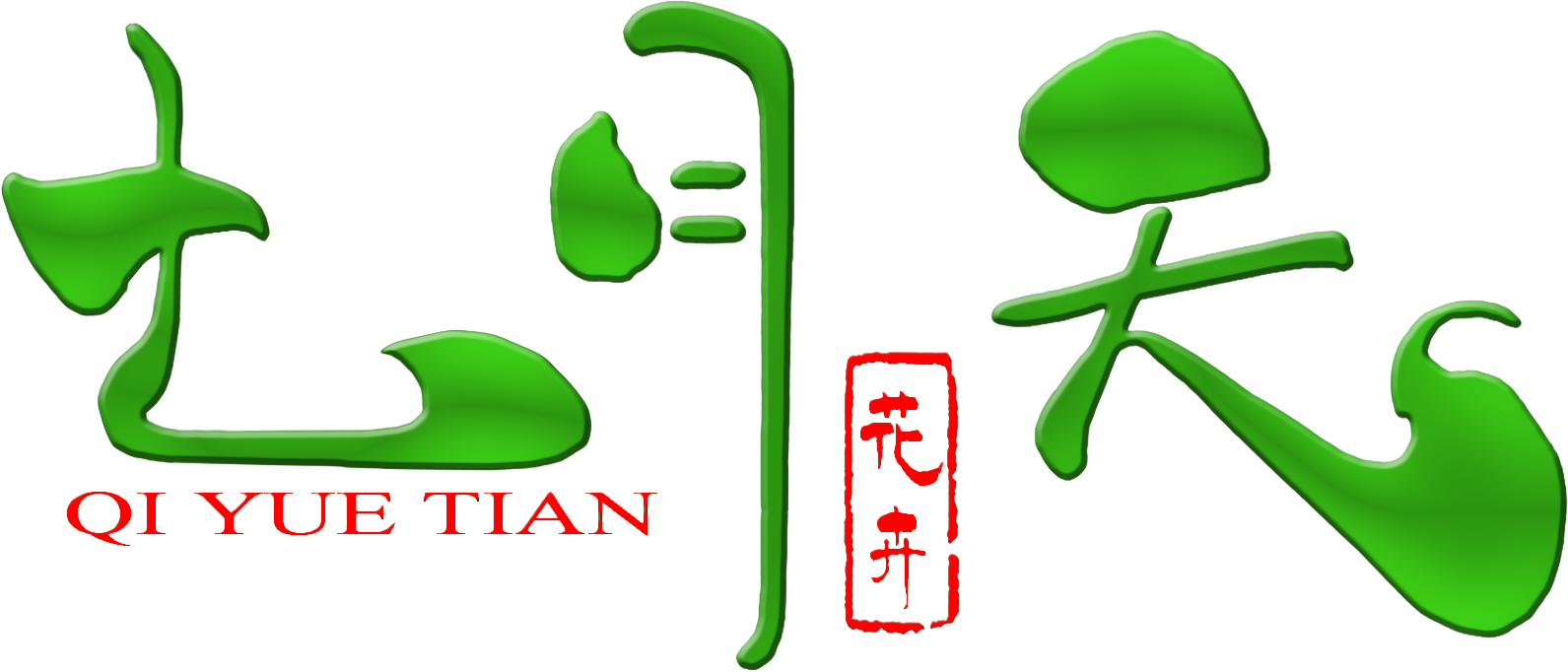News information
23
2023
-
03
How to grow pansies
Pansies are common wildflower species in Europe. They are biennial or perennial herbs of the genus Corydalis, also known as cat's face, butterfly flower, cat face flower, ghost face flower, etc. They are often cultivated in parks and are usually planted in the open air, in flower beds, gardens and pots, but are not suitable for indoor planting.
Pansies are common wildflower species in Europe. They are biennial or perennial herbs of the genus Corydalis, also known as cat's face, butterfly flower, cat face flower, ghost face flower, etc. They are often cultivated in parks and are usually planted in the open air, in flower beds, gardens and pots, but are not suitable for indoor planting.
Growth habits of pansies
Pansies are hardy, cool and sunny, and develop well under daytime temperatures of 15 to 25°C and nighttime temperatures of 3 to 5°C. Avoid high temperatures and waterlogging, cold and frost resistant. If the daytime temperature is above 30°C continuously, flower buds disappear or no petals are formed. When the daytime temperature lasts 25°C, only flowers are produced without fruiting, and even if they do, the seeds are poorly developed. Root system can tolerate -15 ℃ low temperature, but below -5 ℃ leaf freezing edge yellowing. Sunshine length than light intensity on flowering, poor sunshine, poor flowering. Prefers fertile, well-drained, organic-rich neutral loam or clay loam soil with a pH of 5.4 to 7.4.
The propagation method of pansy
1, sowing propagation: pansy sowing preferably using a more loose artificial medium can be used bed sowing, box sowing, the conditions can be cavity tray seedlings, the medium requirements pH 5.5 ~ 5.8, sterilization treatment, after sowing to maintain the medium temperature 18 ~ 22 ℃, shade, 5 ~ 7 days one after another seedlings.
2, cuttings propagation: pansy cuttings propagation in May to June, cut the base of the plant sprouted branches, inserted into the peat, keep the air moist, inserted 15 to 20 days after rooting, high survival rate.
3, plant propagation: pansy plant propagation is often carried out after flowering, with the side branches with adventitious roots or rhizomes at the sprouting of new branches with roots cut off, can stand connected to the pot, and put semi-shady place to recover.
How to grow pansy
1, temperature: pansy in 12 to 18 ℃ temperature range grows well, can tolerate 0 ℃ low temperature. Temperature is a limiting factor affecting the flowering of pansies, which develop well under conditions of daytime temperatures of 15 to 25°C and nighttime temperatures of 3 to 5°C. Seedlings must go through 28 to 56 days of low temperatures before they can flower successfully. If they are planted directly into a warm environment, they will instead delay flowering. If daytime temperatures are continuously above 30°C, flower buds disappear or no petals are formed. If there is first heat, high temperature up to 28 ℃ to the weather, should strive for good ventilation, so that the temperature is reduced to prevent withering and death.
2, light: pansies like adequate daylight, light is an important limiting factor for flowering, the length of daylight than the intensity of light on the impact of flowering, poor sunlight poor flowering, in the cultivation process should ensure that the plant receives no less than 4 hours of direct sunlight per day. But because the root system is sensitive to light, the young roots can not be smoothly rooted into the soil under light conditions, so the embryonic roots do not need light before growing small, when the seedlings grow two to three true leaves, should gradually increase sunlight to make its growth more robust.
3, watering: pansy like slightly damp partial to the soil environment, not drought-tolerant. Keep the soil moist during the growing season, but it should be dry in winter. When the plant is in bloom, maintaining sufficient water is necessary to increase the size of the flowers and the amount of flowers. In the season of high temperatures and strong light to pay attention to timely watering.
4, fertilization: pansy appropriate thin fertilizer diligent application, when the real leaves grow two, you can start to apply nitrogen fertilizer, early spray 0.1% urea, near the flowering stage can increase phosphorus fertilizer, flowering before the application of three thin compound liquid fertilizer, bud period plus two 0.2% potassium dihydrogen phosphate solution, after flowering can reduce fertilization. The fertilizer is applied once every 10 to 15 days during the growth period and once every 20 to 30 days during the reproductive period. The pansy leaves are often deformed and wrinkled due to calcium deficiency, which can be improved with additional calcium nitrate. It is also important to note that ammonia nitrogen fertilizer can cause root rot in pansies when the temperature is low.
Pest control of pansy
1, gray mold: strengthen ventilation, control planting density, watering to avoid drenching, watering after ventilation. Promptly clean up the withered senescent tissue to avoid wounds. Use fumigants and alternate agents. Promptly ventilate and disperse moisture after spraying. At the early stage of the disease, spray 50% Sulforaphane 1000 times or carbendazim 500 to 1000 times, chlorothalonil 700 to 800 times, 50% methyltobutoxin 500 to 600 times, also available smut fumigant.
2, anthracnose: late autumn and early winter, the nursery will be concentrated in the remains of the disease plant burned, the growth period found in the diseased leaves, diseased flowers removed in a timely manner. The early stage of the disease sprayed 80% Dyson zinc wettable powder 500 ~ 800 times or 75% chlorothalonil wettable powder 600 ~ 800 times, 60% anthrax fomes 800 ~ 1000 times, 50% carbendazim 500 ~ 600 times.
3, shattered color disease: shattered color disease mainly to aphid transmission, control aphids with 50% anti-phid wettable powder 3000 times and 2.5% fish vine extract emulsifier 800 ~ 1000 times spray control, alternating 3 to 4 times, sprayed once every 7 to 10 days. For the first disease plants, use 1.5% phytophthora emulsion 700 times or 5% bacteriophage clear water 200 times, once every 7 to 10 days, 3 to 4 times in a row, before dense and then sparse.
4, leaf spot disease: remove the disease residue, focus on burning. Use 53.8% can kill 2000 dry suspension 1000 times or 47% Garinon wettable powder 700 times, 30% copper oxychloride suspension 600 times, 27% copper Goshen suspension 600 times, 50% methylthiocarbon-sulfur suspension 800 times spray control.
5, verticillium disease: remove the fallen leaves and burn, into the rainy season with 27% copper Goshen suspension 600 times or 47% Garenon wettable powder 1000 times, anti-kukui 800 to 1000 times, 50% methyl tropoxin 800 times spray control. In severe cases, use 50% paracetamol wettable powder l000 times or 75% chlorothalonil wettable powder 600 times, 70% daidzein manganese, 80% spray gram wettable powder 500 times spray control, spray 1 time every 10 days, and 2 to 3 times.
6, brown spot disease: when the new leaves are unfolded, with 0.5% Bordeaux liquid plus adhesive, 1 time every 10 to 15 days, or with 50% carbendazim wettable powder l000 times, 40% chlorothalonil suspension 500 times, 50% thiophanate-sulfur suspension 800 times, 50% fungicide king (chlorobromoisocyanuric acid) water-soluble powder 2000 times spray control.
7, scab disease: scab disease with 50% polymyxin gel suspension 1000 times or 70% methyltobucin wettable powder 1000 times spray control.
8. Curly top disease: Pull out and burn the diseased plants. Prevent leafhoppers and eliminate codling moths.
9, rotting disease: the pathogenic fungus is acanthamoeba, found diseased plants, dig out and burn, replace the diseased holes with new soil, or soil disinfection with 0.1% formaldehyde. At the early stage of the disease, use 50% gramoxone wettable powder 500 times or 70% methyltobucin 1500 times, 75% chlorothalonil 600 times, 0.5% Bordeaux spray to prevent and control.
Previous page:
Previous page:






